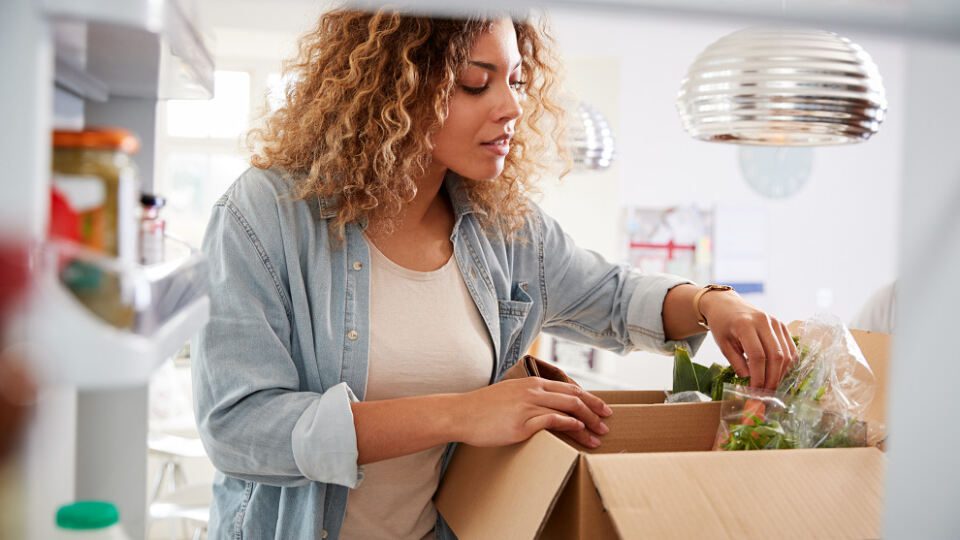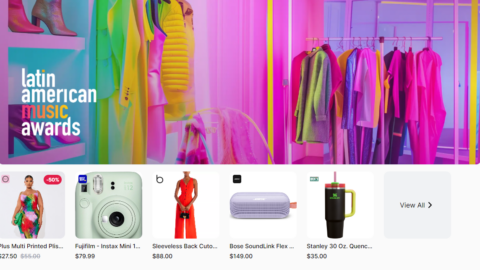Many factors go into customer loyalty, from the most basic (offering quality products that shoppers want) to more emotionally driven considerations. But just because these reasons are less tangible than a retailer’s product assortment, it doesn’t make them less important. Case in point: the Kroger Zero Hunger Zero Waste initiative.

“We began this platform as a strategic mission to solve big systemic problems across food insecurity and food waste,” said Barbara Connors, VP of Commercial Insights at 84.51°, Kroger’s retail data science and insights company, in an interview with Retail TouchPoints. “Customers that participated in the campaign both contributed to the cause but also increased their loyalty to Kroger. This proves that when a retailer or brand shares their mission and talks about the work they are doing — when they invite customers that align with that cause — it generates a stronger connection and drives loyalty.”
Connors shared additional insights into what’s changed — and what hasn’t — in consumer behavior due to COVID-19, along with advice on fine-tuning both ecommerce and store offerings to better meet shopper needs.
Retail TouchPoints (RTP): Why do you think the Zero Hunger Zero Waste initiative was particularly resonant for consumers?
Advertisement
Barbara Connors: Over the last few years there’s been an accelerated awareness of sustainability; we all became much more aware of food insecurity and food waste, along with the desire to support both local and larger communities. Supply chain constraints meant people felt food insecurity in a more direct, personal way, regardless of their income level. But while there was a desire [to do something] at all levels, there was also uncertainty about what we could do as an individual consumer to make a big impact.
When we began the Zero Hunger Zero Waste campaign we invited the consumer to invest, and those that contributed to the cause also increased their loyalty to Kroger. Companies often don’t talk about [these types of causes] because of humility and, rightfully so, a desire to try not to capitalize/monetize on an initiative that should be altruistic. But we do approach it as something that’s important to us, and we know there are customers who also are passionate about it. That doesn’t make it less genuine, and now we know that customers do want to hear about it — they want to know where brands’ passions lie.
RTP: What were some of the key consumer behavior changes from COVID-19, and which of these do you see lasting beyond the pandemic’s end?
Connors: One big one that we think will last is the phenomenon of more people cooking at home, although the reasons behind the trend have evolved. It started because we had to cook at home: restaurants were closed and there were stay-at-home mandates, and even as late as the summer of 2021 some people were still not comfortable eating out. Then the reasons migrated to people discovering that they had more control over what they ate if they cooked it themselves. For those who want to lead a healthier lifestyle, cooking at home gives them more control.
Now with the rise in inflation, customers are looking at the cost-benefit of eating out versus eating at home, and seeing that they are getting a bigger bang for their buck [from the latter]. So our projection for the rest of 2022 is that 70% of the food people consume will be purchased from a store rather than a restaurant, and we see this as a long-term shift: people have adopted these new habits because they like it, they’re good at it, and it gives them a greater sense of control over [their diet] and how they’re spending money.
A related trend is that the pandemic heightened people’s awareness about leading a healthy lifestyle. Perhaps they were looking for additional immunity or felt they needed more functional benefits from their food — cleaner ingredients, lower sugar, higher protein. And we’re talking about being healthy versus just wanting to lose weight.
RTP: How have these pandemic-accelerated trends affected the growth of online grocery shopping?
Connors: The convenience of online grocery shopping has been one of the big things attracting shoppers, but convenience means different things to different people. One is that it saves people time. They can do their shopping from their couch, so it helps them be quicker, more efficient and smarter — for example, [when shopping online] they won’t be lured by impulse purchases as they would when walking through the store.
The more lasting impact is that consumers are demanding more in terms of both ecommerce and convenience. We looked at the behavior of different consumer groups, for example those with higher price sensitivity. These consumers take longer to build their ecommerce basket, which makes sense — they want to do more research and compare items. But that also signals that ecommerce isn’t meeting their needs. Retailers need to make it easier for [these] customers to compare items online, the same way they look at the shelf in the store. So there’s still a lot more work to be done to make the online experience meet the needs of all different types of customers.
RTP: What about within the store environment?
Connors: There are a number of things retailers can do to support customers’ desire to cook and eat more at home, for example with in-store merchandising of meal solutions and making it easier to find inspiration in the aisle. Retailers also should consider [stocking] more grab-and-go meals or meal kits, because [this trend] means different things to different customers, and retailers need to meet them across the spectrum. They should also provide more content, like recipe inspirations for quick meals and new ideas for people who are tired of the same old dishes.
There’s an overall opportunity for both retailers and brands to help customers lead a healthier lifestyle. It’s true that people still struggle with this; they want [to do] it but they’re not doing it yet. That tension or friction is an opportunity for brand innovation, like healthier products where customers don’t have to sacrifice taste or spend more. If retailers can put healthier options on the shelf, and really lean into healthy foods, it can help bridge the gap between aspiration and reality.
RTP: Overall, what do you think will be some of the most important trends in grocery through the rest of 2022?
Connors: One that’s emerging is the desire for impulse and indulgence. A counterbalance to the desire to live healthier lifestyles [is that we still] want to indulge. Some of this is the social aspect of people craving connecting with people again, and their desire to invest in experiences. We see it as pent-up demand and some optimism: even with the uncertainty of the future, there’s a sentiment that we have to focus on experiences.
We uncovered this looking at clickstream data from ecommerce. For people that are building their ecommerce basket [a few items at a time], the categories that tend to be added last to the cart are now more centered around social indulgences. So alcohol is often the last item, as well as health and beauty items and flowers. [The thinking is that] if you’re planning to attend a party or go out on a date, you’d better look nice, and you’d better bring a gift.









